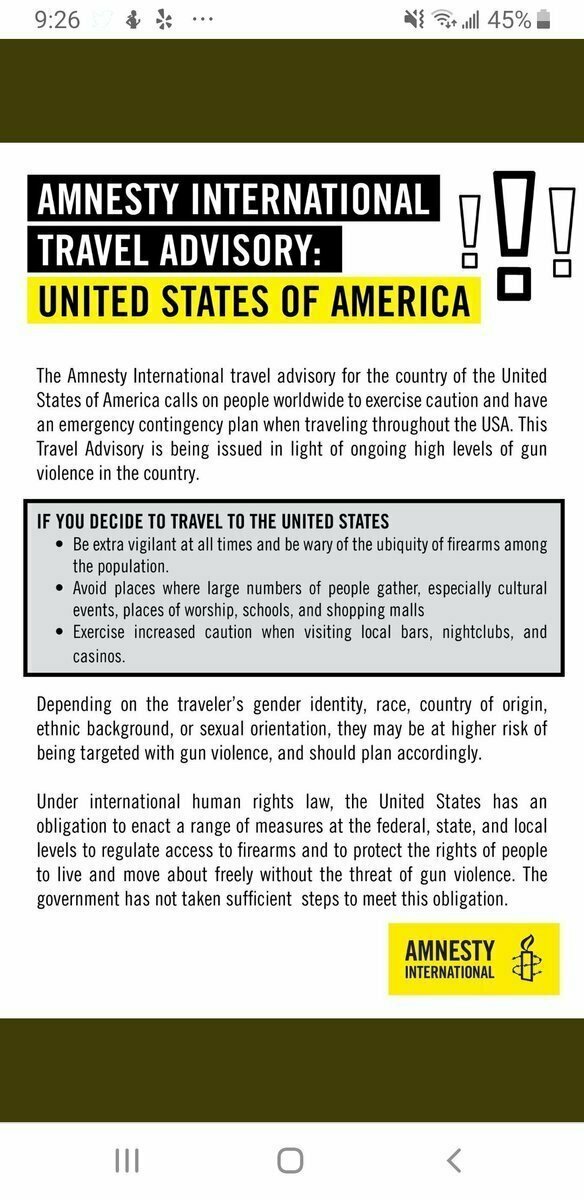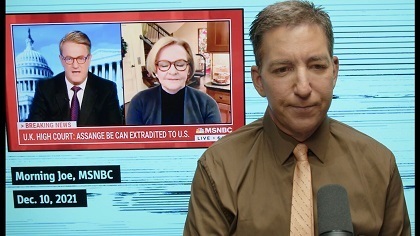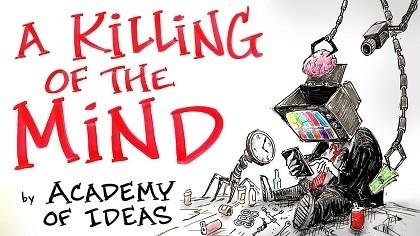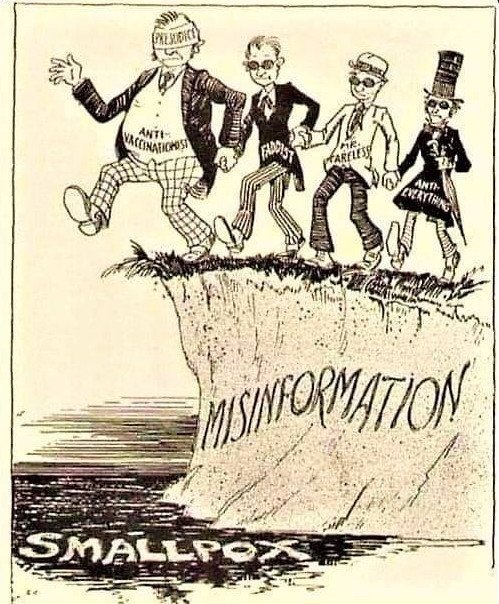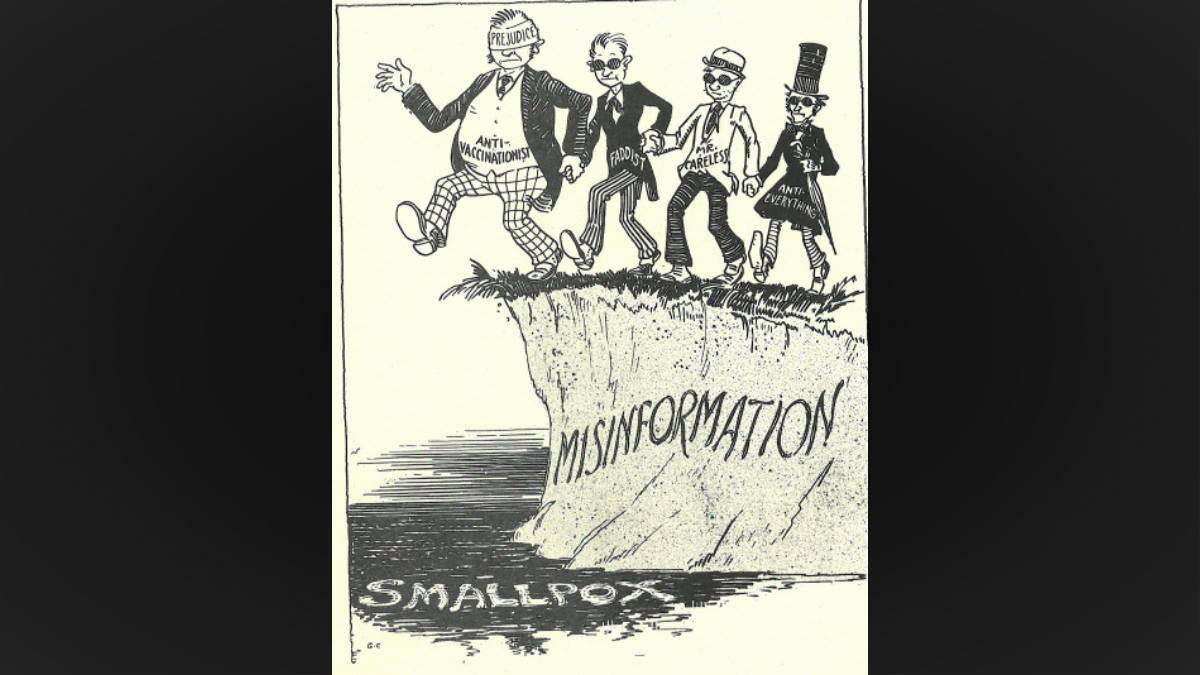But lessons learnt from #Germany offer an alternative reading: the outburst of utilitarian morals leads to an unethical impasse ignoring radical #freedom.
Germany is predestined to exemplify the gradual division of an entire #society, of how a ‘politics of fear’ combined with a media strategy of ‘fear induction’ govern political decision-making, and how security understood as the elimination of any ‘virological health risk’ becomes the fulcrum point of the current political strategy to fight a pathogen.
They warn and warn – and people then love them for the fact that their evil forecasts never come true because measures were taken to prevent them. Not only does the prevention paradox lie dormant here, but also a cover-up of our factual unknowing of the future. The exact waves of the virus are not predictable, period. If they were, we would not be able to defend ourselves.
The real scandal is that Germany faces an incredible mismanagement of #Covid-19 based on trickery only to keep the neoliberal system it is built upon.
“Our interest is most particularly engaged by the mental state of expectation, which puts in motion a number of mental forces that have the greatest influence on the onset and cure of physical diseases. Fearful expectation is certainly not without its effect on the result. It would be of importance to know with certainty whether it has as great a bearing as is supposed on falling ill; for instance, whether it is true that during an #epidemic those who are afraid of contracting the illness are in the greatest danger. The contrary state of mind, in which expectation is coloured by hope and faith, is an effective force with which we have to reckon, strictly speaking, in all our attempts at treatment and cure. We could not otherwise account for the peculiar results which we find produced by medicaments and therapeutic procedures."
#Biology as an abstract quantifying #science departs from ‘the work of spirit’ any singular cure relies upon ‘in reality’. Each death or survival is a unique constellation involving unknowns. There is no biometric solution ‘for all’.
The political dimension is clear: if expectations are part of the cure, then is an intentionally induced ‘politics of fear’ based on ideological manipulations not deeply unethical in times of fast-propagating virus? Such political manoeuvres are problematic, as they are justified in the name of the ‘wellbeing of the #neighbour’. This imaginary figure of the neighbour can be read in line with Jacques Lacan’s Ego-Ideal: the proclaimed ‘solidarity’ with an anonymous ‘neighbour’, a non-existent ‘jedermann’, who is shifted to the centre of our #responsibility, only serves as a moralistic pretence to care about one’s own survival.
"First of all, let’s get rid of this average Joe, who does not exist. He is a statistical fiction. There are individuals, and that is all. When I hear people talking about the person on the street, studies of public opinion, mass phenomena, and so on, I think of all the patients that I’ve seen on the couch in forty years of listening. None of them in any measure resembled the others. None of them had the same phobias and anxieties, the same way of talking, the same fear of not understanding.”
Official narratives justifying the current political strategy are supported by such a fundamental phantasy about how ‘the neighbour’ is endangered by the very existence of ‘an-other’ – a phantasy that should be met with reasonable scepticism. Its flipside is ‘unconditional love’ for the ‘general public’ (the new ‘jedermann’).
If we love the ‘general public’, we lose sight of the abyss of the ‘real neighbour’ next to us, who cannot be generalized
Governing, the impossible profession, must be based on strategies that refuse drawing worst-case scenarios only to nurture a vague fear lurking behind any encounter with the unfathomable small other, the fear that is today used to effect a permanent shift towards an executive monopoly on the idea of a ‘general public,’ to which we owe our unconditional love.
a psychic entity bombards the subject with impossible-to-fulfil imperatives, and then rejoices in the inevitable failure to implement them.
... a new form of hyper(in)activity combined with a demand of self-imposed isolation and false asceticism. To make deprivations of most basic rights enjoyable, such a lack comes along with a hyperactive excess in the form of a new variety of everyday rituals.
I find it almost philosophical. Sometimes it seems to me like the fourth grievance of humanity. #Freud formulated it: The first grievances were that man is not the centre of the universe after all, that we are somehow descended from apes and that we are drive-driven. Now we are offended that we, as a technologized society, are not in control of this little virus. We have not yet learned the necessary sovereignty to deal with it.”[xviii]
“But what does responsible action mean? Is it enough – loosely based on #Schiller – to point out to people their free decision to do the right, sensible thing in the pandemic only out of inclination and without external compulsion? Will they then participate voluntarily? Or do we need – loosely based on Immanuel #Kant – a rather strict indication of duty and responsibility? A kind of pandemic imperative: ‘In a pandemic, always act as if you had tested positive and your counterpart belonged to a risk group’?"
How easy it is to be ‘transgressive’ in times, when almost every human interaction is forbidden by law or morally condemned, if you do not follow the govern-mental injunction to inject a hastily developed vaccine. How easy it is to be perceived as the ‘limitless jouisseur beyond law’, when hyper-legislation regulates even basic breathing habits. After ‘sweets without sugar’, ‘coffee without caffein’, ‘sex without contact’, we arrive at pure ‘existence without life’; we work in highly precarious conditions and then go home for private self-isolation to meet on a digital screen owned by #Google & Co.
Precisely such an ideological manoeuvre is needed to install obligatory #vaccination through the backdoor – a former tabu in a country like Germany that is otherwise never tired of remembering its eugenic past.
... we live in the ‘society’ we enact, support, and, therefore, no less deserve. Never has it been more obvious how ‘society’ itself is an effect of repression.





